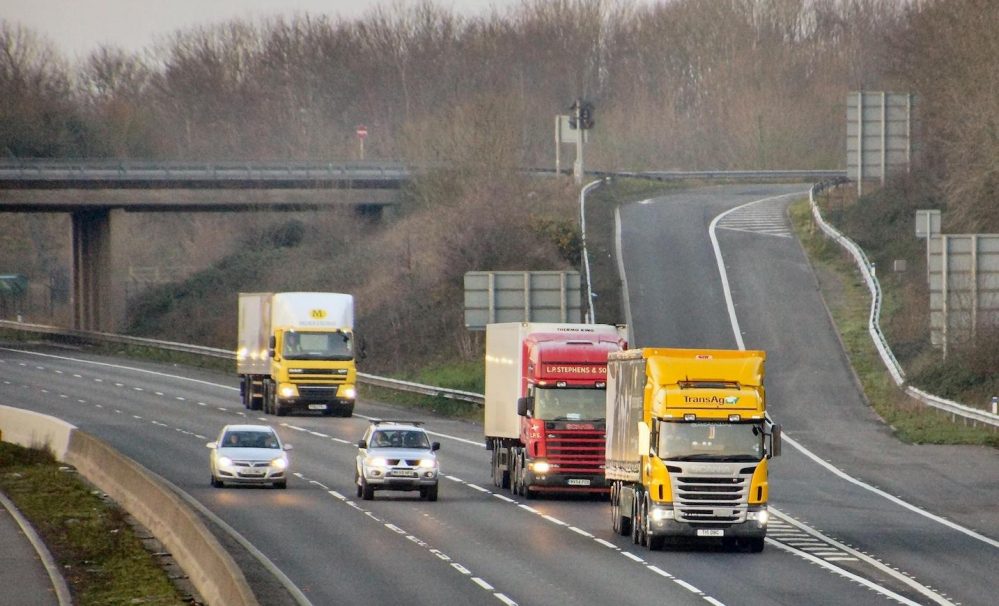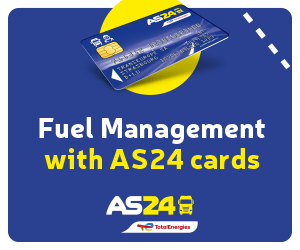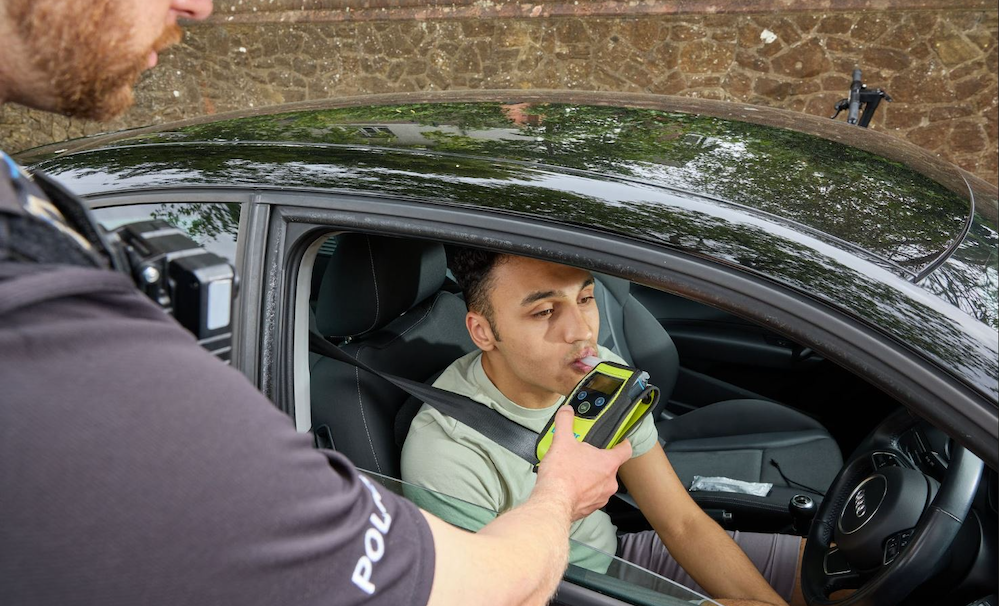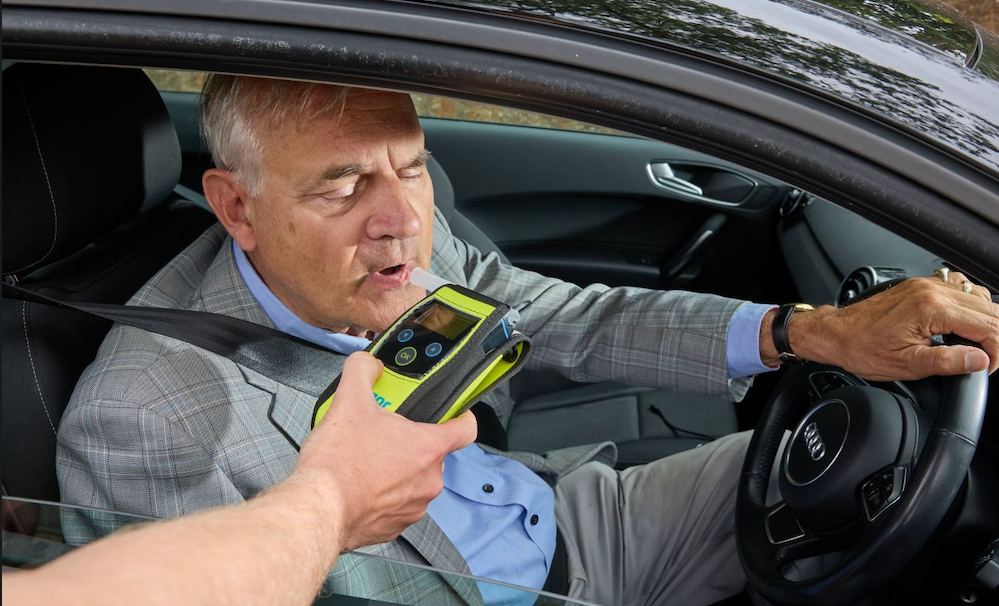Countering Vehicle as a Weapon: Best Practice Guidance for Goods Vehicle Operators and Drivers has just been released by the Department for Transport and addresses VAW attacks, writes Tim Norris of Ashtons Legal Solicitors.
VAW stands for ‘Vehicle as a Weapon’. Such an attack requires relatively low level preparation and little or no training but is potentially devastating in its impact. The guidance categorises all goods vehicles within that term to include anything from a small van to a large lorry.
The Best Practice Guidance covers:
- security culture, site security and vehicle security
- the use of vehicles as a weapon to injure or kill people in light of recent threats and similar attacks across the globe.
- steps that can mitigate the threat of goods vehicles being used as weapons in such attacks.
Its main purpose is to introduce objectives to encourage a strong security culture and mitigate future security risks of such attacks by introducing security measures, awareness and vigilance on behalf of drivers and operators. It will embolden the workforce to be engaged with, and willing to reduce, risks and maintain awareness of such threats. It implores employers and employees to think and act in a security conscious manner.
The guide looks for the creation of a company security plan that assesses risk, examines solutions and compares alternatives by implementing decisions and monitoring results with the focus on a secure goods vehicle operation. This includes identifying a staff member with appropriate authority to make such security-related decisions and implement them. Also, they will need to assess risk posed by vehicle operations, including increased security of vehicles with an update of such plans and procedures, being regularly reviewed, through continuing consultation with employees and to monitor results.
There is, of course, the threat of an inside agent who exploits or intends to exploit access to an organisation’s vehicles for unauthorised purposes. Therefore, pre-employment checks and a full assessment of full or part-time employees or contracts, even a business partner, may be necessary. Resources may be made available to staff to ensure that any threats or suspicions can be relayed anonymously or otherwise. Robust pre-employment checks may mitigate such a threat by deterring applicants or other individuals’ intent or use to harm the operator through the philosophy of deter, detect, and deny.
The devastation that such an attack would reap in this country are too terrible to consider. The threat of such attacks are real and especially carriers of fuels such as petrol tankers, etc.
This is useful and sensible guidance that should be adopted by all operators and drivers.
A more detailed summary of the guidance is set out here:
Site Security
Site security is an important factor at operating centres and maintenance facilities to ensure a controlled environment to encourage positive security behaviour amongst staff and act as a deterrent to prevent theft and other criminal activity.
Contractors are encouraged to report to reception or individually to notify their arrival and enforcing such simple security arrangements is one of the key parts of ensuring the security of assets belonging to any operator. Furthermore, any unauthorised vehicles should be strictly controlled and ideally prevented automatic entry to premises. If this is unavoidable, access controls should be adopted. Additionally, security control for parked vehicles not in use should be introduced. Organisations are encouraged to liaise with counter-terrorism security advisers to assist in identifying and assessing sites that may be vulnerable to such terrorist or extremist attacks.
Basic security measures are encouraged to ensure that items are not concealed on board a vehicle when in maintenance centres. Physical security controls include barriers on the site, walls and fences, access control measures and the locking of vehicles, coupled with regular controls and, most importantly, CCTV cameras to be introduced to guard against areas not covered by physical security.
CCTV is clearly central to most modern security systems and operators are encouraged to use systems working on the “5 minute rule”. This assumes that each part of a perimeter or sensitive asset is viewed by either a guard or CCTV every five minutes and limits potential unauthorised activity.
Lone working is an issue where drivers are not parked at a secure location when on a route or delivery. A system needs to be introduced to ensure vehicles are properly secured when parked away from the operating centre.
Physical security on the vehicle
It is important to have systems in place to guard against being approached by those purporting to be police officers or from other authorised public bodies while at the same time observing the legal powers for vehicles to be stopped by DVSA, police, Highways Agency, etc.
Vehicle security
Whilst away from the operating centre the guide requires vehicles to be checked at the beginning and end of a journey and can, of course, be included in a road worthiness walk round check. It is important that even during comfort breaks all vehicles are properly secured and are checked that nothing has been tampered with upon return. Further, sensible guidance such as leaving the vehicle unattended with the engine running, leaving the ignition keys in the vehicle and running the engine whilst operating auxiliary equipment are discouraged. Moreover, when the cab is unoccupied consideration should be given to locking the cab doors with a second key, plus reporting of any unusual behaviour that occurs on or close to the vehicle.
Security features should be considered when operators are engaged in the procurement of new vehicles for their fleet. This of course does not cover the secondary market which may not have such additional facilities or features fitted to such vehicles. It also gives detailed security tips for goods vehicle drivers. These include:-
- avoiding disclosing loads or routes with unauthorised persons, including over radios and telephones and avoid displaying such information on social media coupled with avoiding disclosure by mobile phone security settings and geolocation of pictures;
- ensuring the vehicle is properly secure when you leave it;
- ensuring visual walk round checks before and after leaving the vehicle and returning to it;
- thinking security as well as safety on such checks;
- only carrying an authorised load;
- notifying the Transport Office of any change of route;
- acting on ‘gut feeling’ when something does not feel right and to report such suspicious activity to either the company or the Police;
- never allowing unauthorised passengers into the vehicle;
- ensuring mobile phone is fully charged at all times;
- ensuring personal security to include ID documentation;
- preventing deception by bogus police and DVSA officers.
It is an important factor that such simple guidance is engendered in the minds of both drivers and management.







